Snow White the 7 Darths Funny
Ever since its release in 1937, Disney's Snow White And The Seven Dwarfs has had a huge cultural icon. The film turned the animation studio into a juggernaut, as well as inspiring countless books, stage shows, television programs, other films, and more. Not to mention being the first of many classic Disney films in the years to come.
Based on a German fairy tale, the story (involving a princess fleeing her wicked stepmother and being taken in by seven friendly dwarves) has become well known around the world. But there are still facts about the film that might come off as a surprise for fans of Disney.
10 It Marked Many Milestones For The Animated World
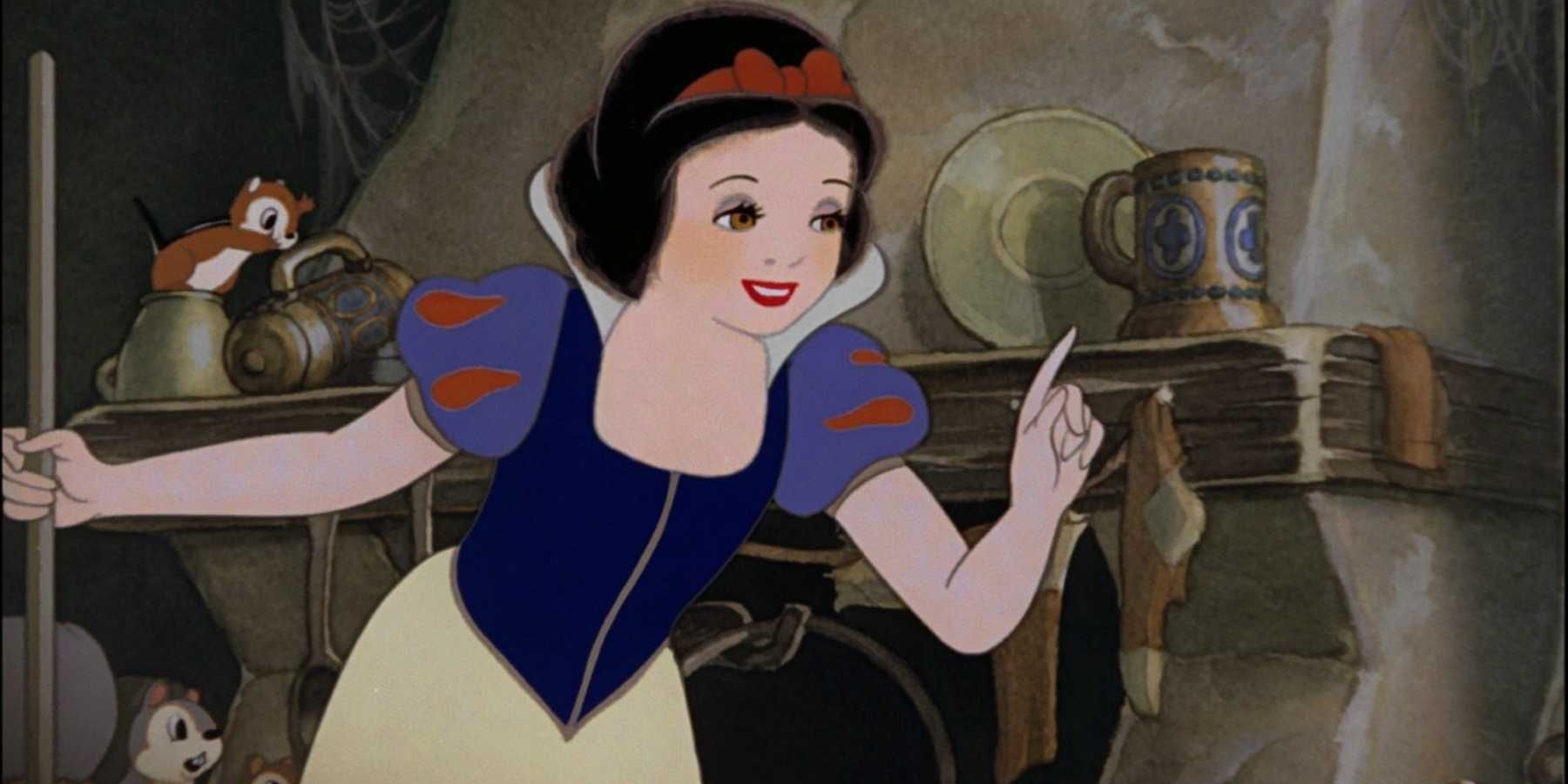
This film would make many firsts upon its release. It was the first animated feature film produced in the United States, the first full-length cell-animated feature, the first produced in full color, as well as being Disney's first feature-length film. However, it was not the first animated film ever made.
Historians debate exactly what was the first feature-length animated film period. Some give the title to the lost 1917 film, El Apóstol, from Argentina, which is believed to have been destroyed by a fire. Lotte Reiniger's The Adventures of Prince Achmed from 1926 Germany is believed to be the oldest surviving animated film.
9 Walt Wanted To Make This Film Since He Was 15
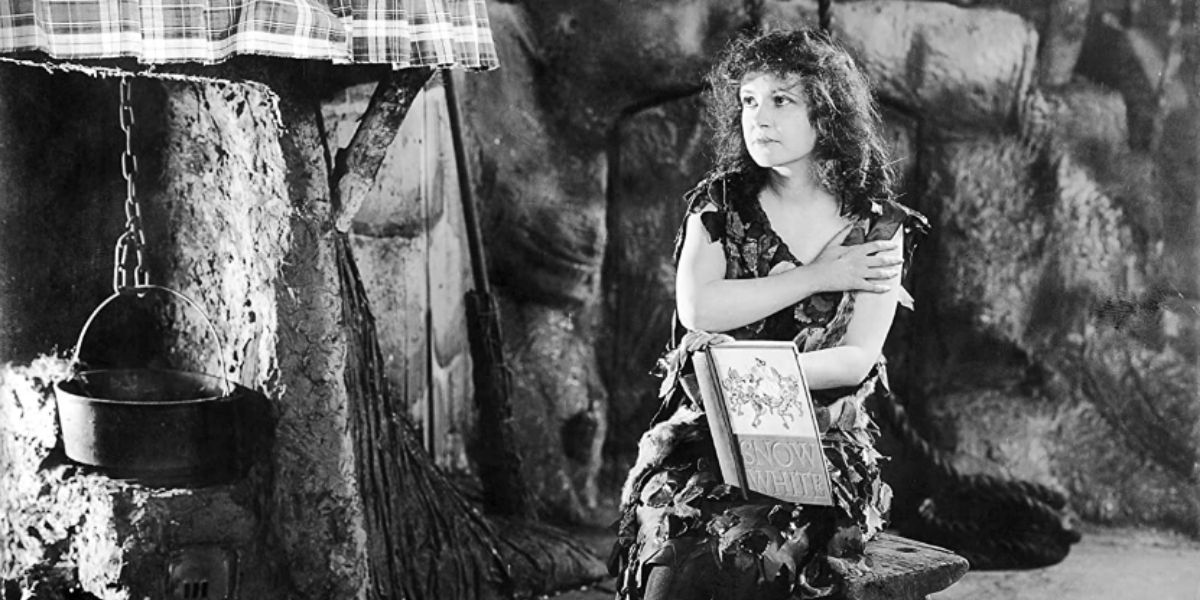
Walt Disney came up with the idea of making this film as a teenager after seeing a silent movie based on the story, starring actress Marguerite Clark. The silent movie was based on a Broadway play. He saw the film while he was working as a newsboy in Kansas City, and it is believed to be the first film he ever saw.
It is believed Walt was in a position where he could see two sides of the screen at the same time, although not in sync, which left an impression on him.
8 There Are Shout-Outs To Other Grimm Fairy Tales Scattered Throughout
s

There are references to other stories the Grimm Brothers collected throughout the film. The idea of Snow White being made to work as a servant and dress in rags and clogs by her stepmother is not only a reference to Cinderella, she is even surrounded by white doves while she's working just like the Grimm Brothers' Aschenputtel.
This also comes into play in the finale. In the original story, Snow White is revived after she coughs up the poisoned apple. The romantic ending with the Prince waking her with a kiss was taken from the Grimm Brothers' story,Dornröschen, or Briar Rose, better known as Sleeping Beauty in English. Funnily enough, Disney would make adaptations of these stories by the 1950s.
7 The Animators Liked The Evil Queen Better Than Snow White
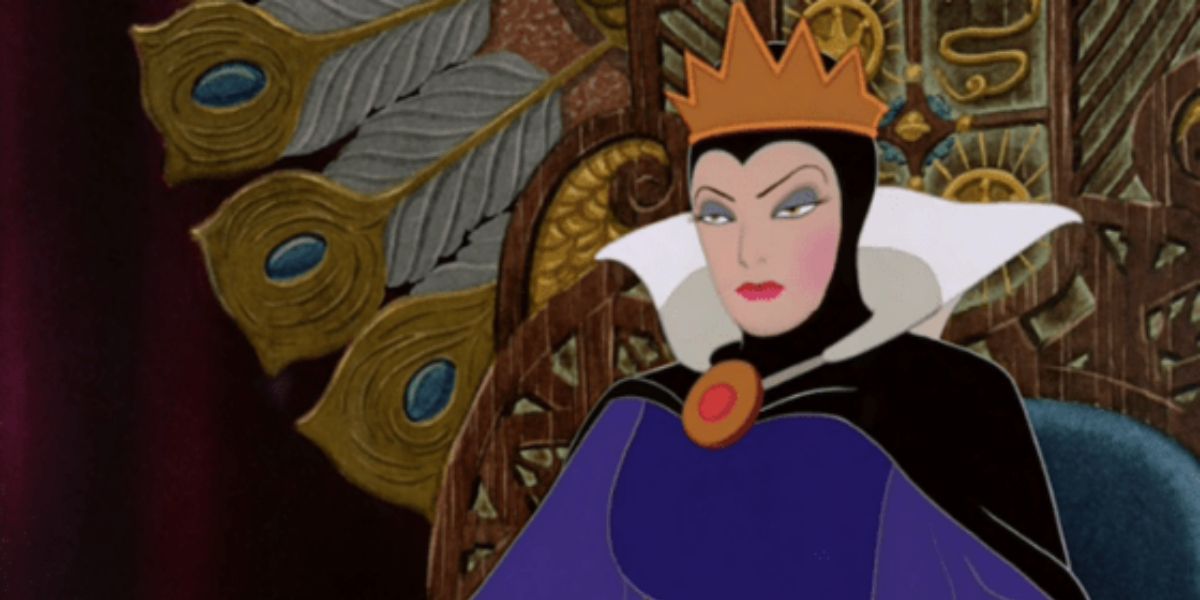
While working on the film, animators generally favored drawing the Queen over Snow White, finding her more driven and complex. They liked her to the point of not using rotoscoping, or human models, as they did with the princess.
That said, many famous actresses at the time were used for visual inspiration for the queen, such as Gale Sondergaard, Marlene Dietrich, Joan Crawford, and Greta Garbo. She was also greatly influenced by Queen Hash-a-Motep from She and Princess Kriemhild from Die Nibelungen.
6 There Were A Few Rejected Ideas
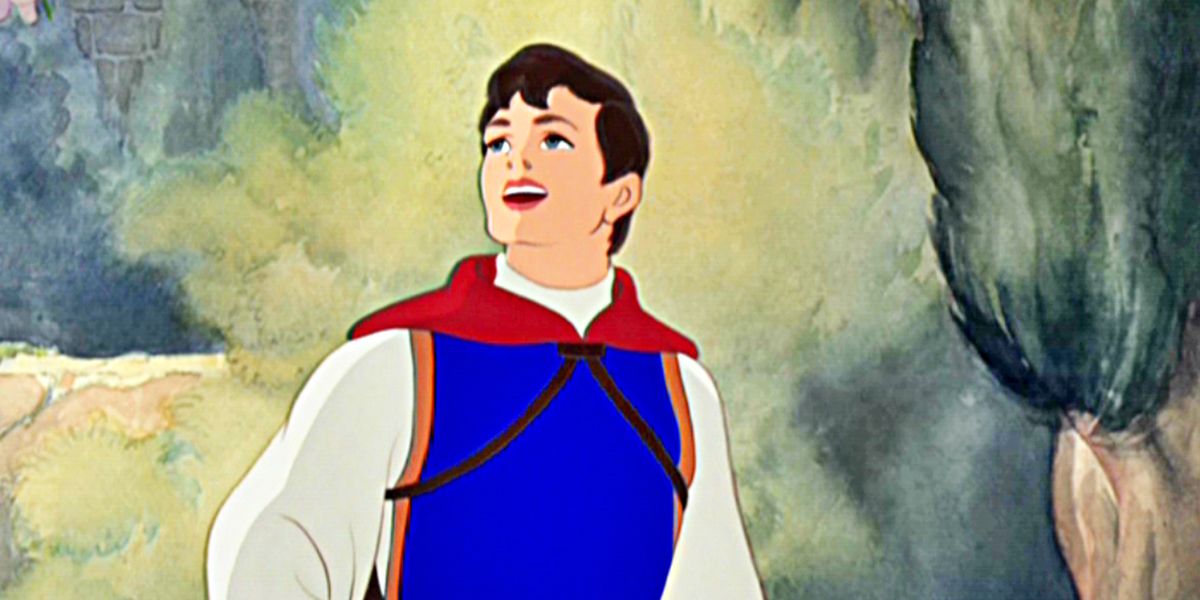
There were quite a few rejected ideas for the film, many of which were planned but never fully animated, due in part to censorship issues at the time, animation issues, or the cost of making the film. Some of these include an opening with Snow White's real mother, a subplot where the Queen falls in love with the prince and imprisons him in her dungeon, two failed attempts to kill Snow White with a bodice and a poisoned comb, a failed attempt by the forest animals to bring the Prince to Snow White, a scene with the dwarfs making Snow White a bed of her own, and fantasy dream sequence to accompany "Some Day My Prince Will Come."
Over the years, many of these deleted ideas have appeared in comics or storybooks based on the film. Some fans also claim to see a comb in the opening scenes, possibly a reference to the cut scene. In addition, there were around 25 songs planned for the film, with only eight being used.
5 Snow White' Actress Went Uncredited Nearly All Her Career
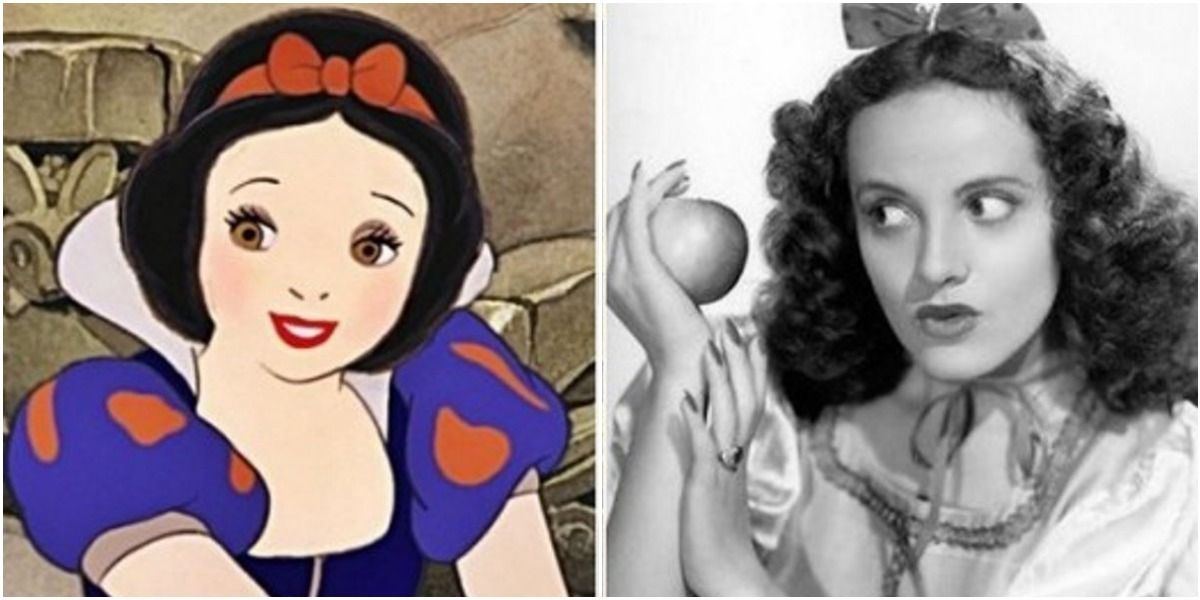
Adriana Caselotti, the voice of Snow White, was uncredited for the film, as was the case with the other actors. She only had a few film roles after Snow White. She provided the voice of "Juliet," uncredited, during "If I Only Had A Heart" in The Wizard of Oz and had an uncredited role in It's a Wonderful Life. She also appeared as herself in promotional spots for Snow White, such as appearing on a Disney-themed episode of The Julie Andrews Hour.
Over the years, a popular urban legend has claimed that Disney barred Caselotti from acting roles after Snow White through a contract. The story is probably untrue, especially since Disney was not known for keeping actors under contract at the time the film was made.
4 The Prince "Shimmies" At The End Of The Film
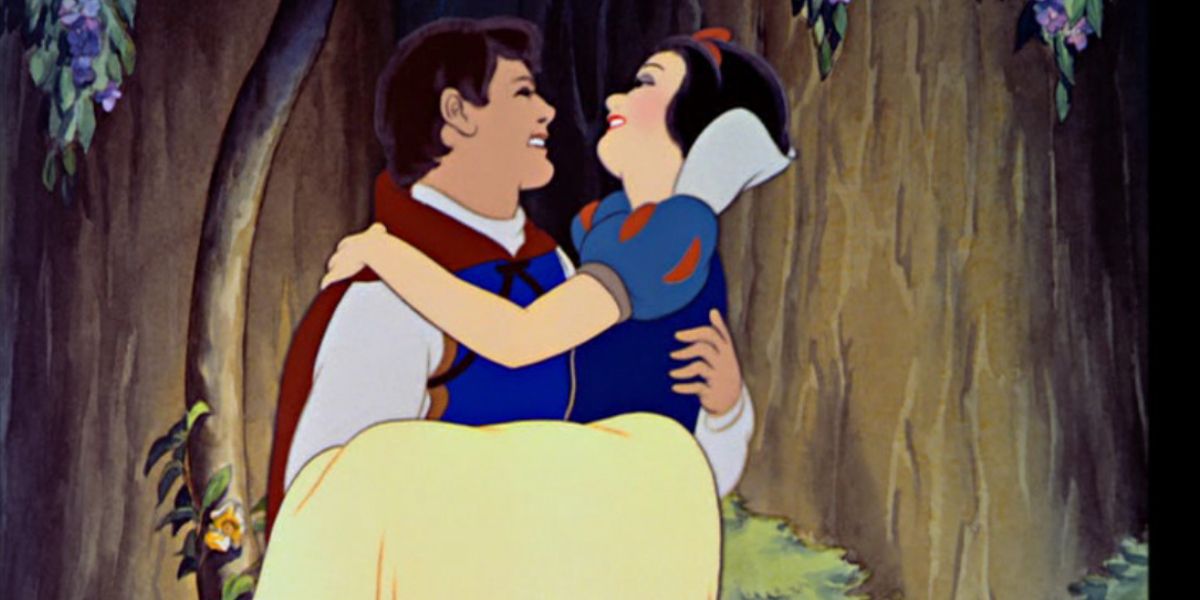
The animators had a few issues realistically animating Snow White's love-interest, the Prince. In fact, that was a primary reason he only briefly appears in the film, as many of his planned films had to be cut.
In the last scene, where Snow White is revived, the Prince's body shakes as the cells were not lined up properly. Walt Disney noticed the mistake before the film was released, but there was no money to correct it. The mistake was finally fixed during the 1993 digital restoration of the film.
3 The Film Won A Special Award To Represent The Seven Dwarfs
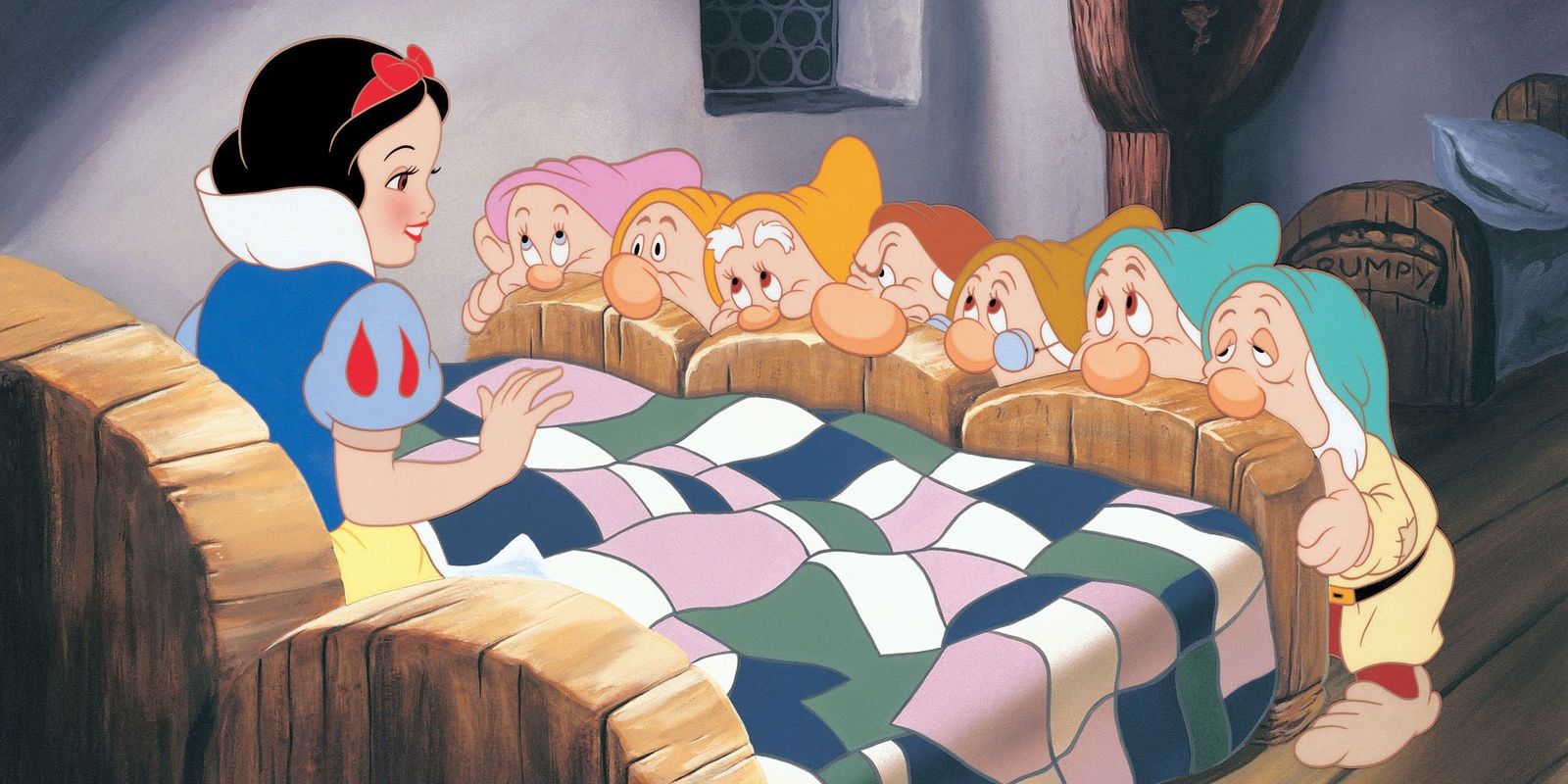
The movie won an Academy Honorary Award at the 11th Academy Awards. As a special prize, Disney was given a full-size Oscar statuette with seven smaller ones, presented by child actress Shirley Temple.
In addition to this, the film was also nominated for Best Musical Score.
2 There Was A Broadway Musical
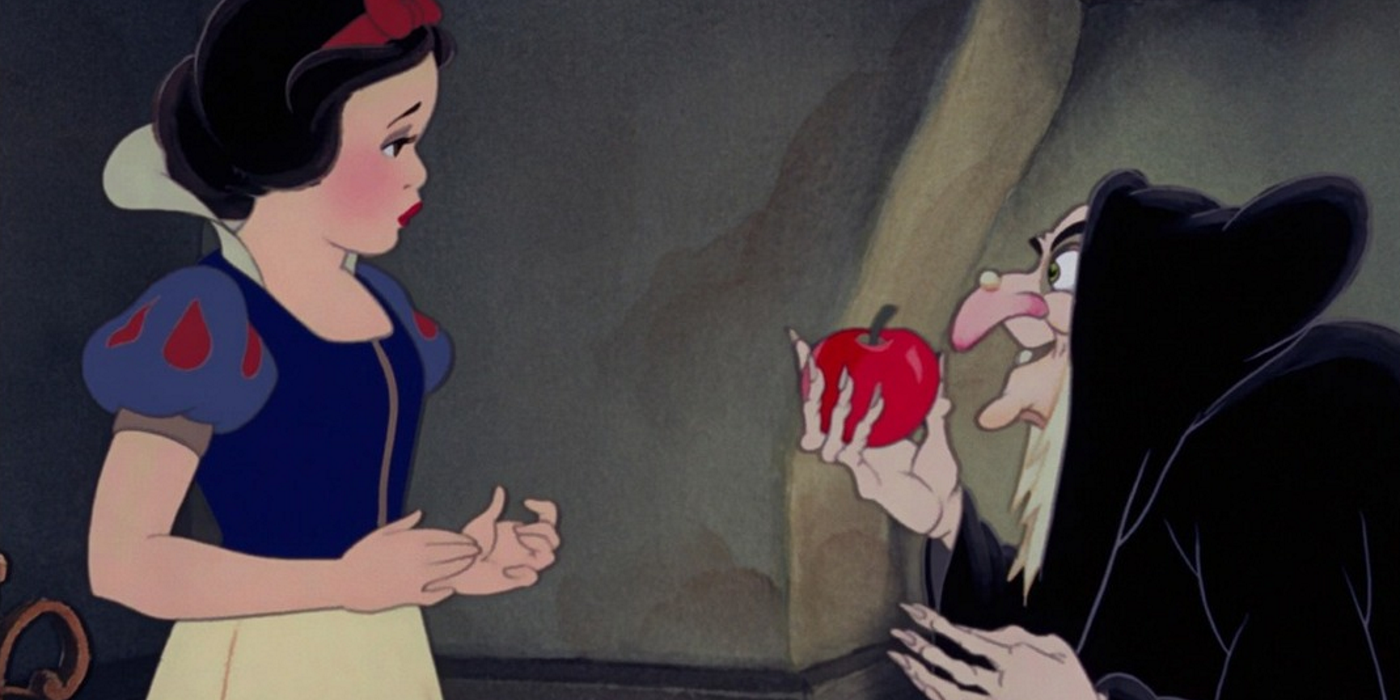
A musical adaptation of the film was first produced in 1969 at The Muny, reaching Radio City Music Hall within 10 years, ultimately closing by 1980. Disney even made home releases of the stage show for VHS and Betamax.
There are a few changes made to the plot of the film for the stage adaptation. One of the more notable is that Snow White's father, the King, a presumably posthumous character in the original film, is alive and well throughout the story.
1 There Was Going To Be A Live-Action Martial Arts Remake
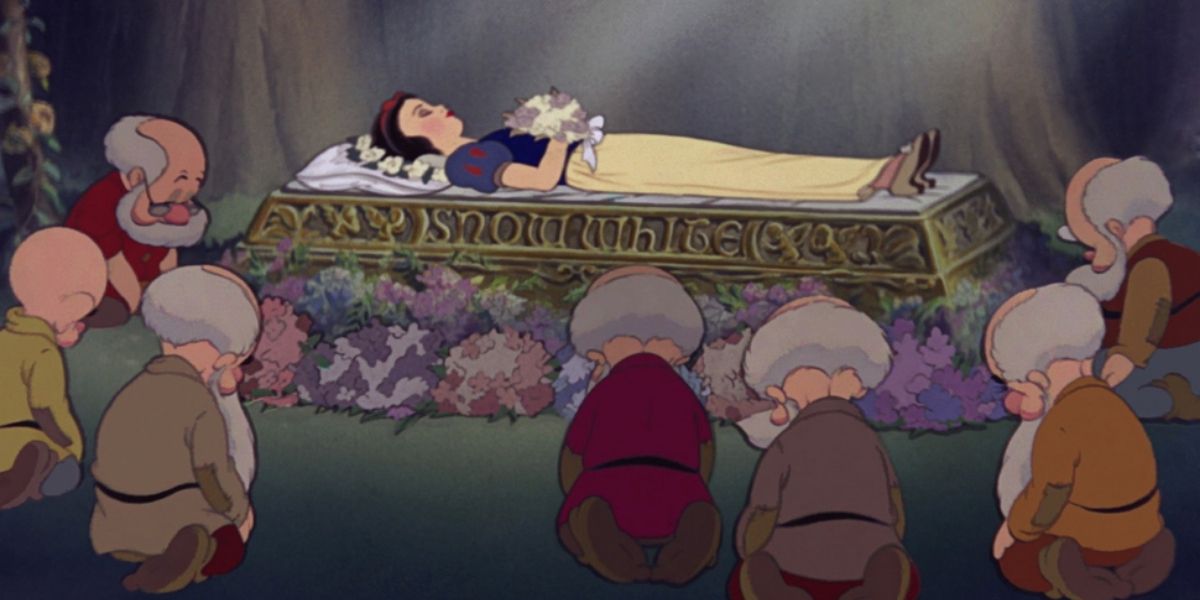
Over the years, Disney has experimented with developing live-action remakes of their animated films. One planned idea was to develop a martial arts film inspired by Snow White, which went by the titles "Order of the Seven" and "Snow and the Seven."
At one point, the project would have seen Snow White reimagined as an English woman who flees Hong Kong while hiding from an evil empress and is taken in by seven demon-hunters. Having been in development hell for over a decade, Disney indefinitely delayed the project in 2012.
Source: https://www.cbr.com/disney-snow-white-and-the-seven-dwarfs-trivia/
0 Response to "Snow White the 7 Darths Funny"
Post a Comment